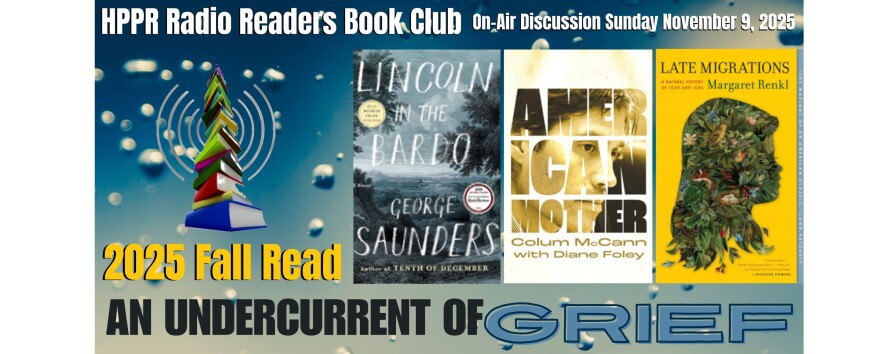The Great Plains is roughly between the 98th meridian and the Rocky Mountains. Mostly level, treeless and semi-arid. In Texas the 98th meridian is just west of Austin.
This is Mike Strong, in Hays, for HPPR. The book is “The Time It Never Rained” by Elmer Kelton.
We’ve all met the PMA. At one time or another. Or all too often.
But Elmer Kelton never tells us what P-M-A stands for. The usual practice in journalism - and Kelton was a journalist in the 1950s for a newspaper in San Angelo, Texas – the usual practice is to introduce the abbreviation next to the spelled-out version with one of those versions in parentheses and then ever after to use the abbreviation.
I Googled. I got a lot, but nothing which looked like government messing into agriculture.
Elmer Kelton writes that Charlie Flagg, our crank number one, “… sold his freedom bit by bit, and was paid for it on the installment plan.”
In the paragraph before that Kelton’s explainer tells us that the county office of the federal PMA had recently (that’s 1950’s recently):
| “Next to rain, perhaps, it had become the most important fact. Here the man of the land came to declare his crop acreage, his past year’s plantings. Here he was told how much land he would be allowed to seed in cotton, in grain sorghums, in whatever other crops might be under federal control. Here he came for price support and to receive checks to help him pay for terraces and water-spreading, for water wells and surface tanks, for battling back the prickly pear and thorny mesquite.” |
And how does the PMA accomplish that? Kelton tells us in detail how Charlie Flagg gets pulled in despite his independence.
But back to Google for a minute. Put in “federal PMA” and you get entities like Power Marketing Administrations, Parts Manufacturer Approval, Professional Managers Association and the President’s Management Agenda.
The President’s Management Agenda had a link to PMA Learning Agenda. Now maybe some specifics.
One of the first started out with:
| “The President’s Management Agenda (PMA) defines Government-wide management priorities for all Federal agencies to improve how Government operates and performs.” | |
| “… that will require engagement and collaboration from many inside and outside of Government. Through the PMA, cross-agency teams will further seek stakeholder input, define workstreams, set work plans and measures, advance collaborative efforts, and assess and measure progress across Government organizations.” |
There must be a dot-gov program somewhere, where you learn word noodles like this. All tangled in on themselves.
In Kelton’s book, the federal PMA agent for Charlie Flagg’s county is March Nicholson who is introduced to us in his irritations, such as the way people park any which way, ignoring town ordinances. Kelton lets us know that March Nicholson, the PMA agent, is a rules kind of guy. You can almost see this text as a framed poster on his wall – from the PMA Learning Agenda PDF:
- “WHAT IS A LEARNING AGENDA?
- Learning agendas focus attention on building and using the research and evidence needed to solve big problems. A learning agenda can:
- Prioritize key questions
- Spur coordinated research
- Ensure results inform decisions”
- Learning agendas focus attention on building and using the research and evidence needed to solve big problems. A learning agenda can:
Even though Kelton is having fun with his characters you get the sense that “The Time It Never Rained” is an extension of his farm and ranch reporting for the San Angelo Standard-Times. Here, in the guise of “fiction,” Elmer Kelton can comment in ways he could not have as a reporter.
This is Mike Strong, in Hays, for HPPR Radio Readers Book Club.
Resources:
https://www.performance.gov/pma/
https://assets.performance.gov/PMA/PMA-Learning-Agenda.pdf










